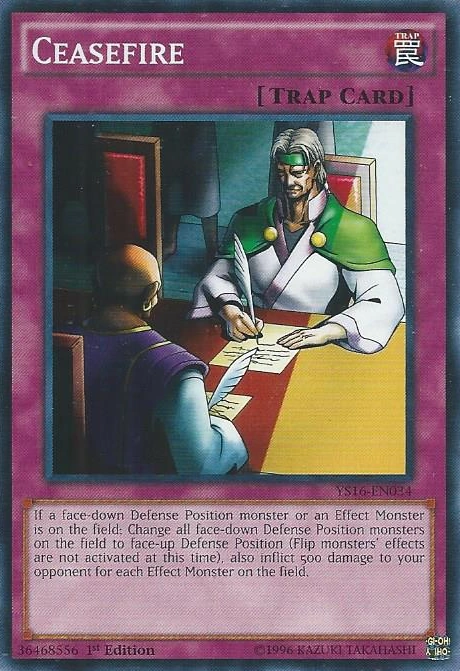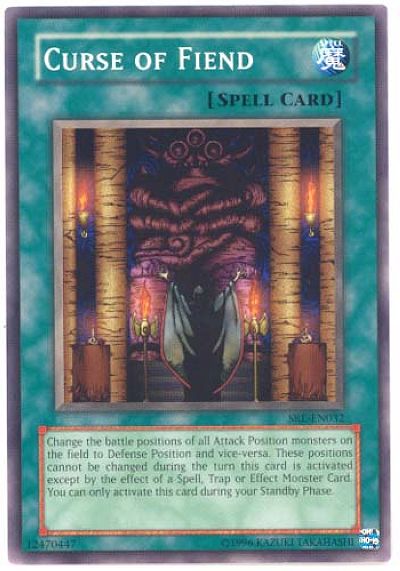Ignition Zone

- Firewise Home Ignition Zone Assessment Images
- Ignition Zone Poker Strategy
- Home Ignition Zone Assessment Form
Pre-ignition (or preignition) in a spark-ignition engine is a technically different phenomenon from engine knocking, and describes the event wherein the air/fuel mixture in the cylinder ignites before the spark plug fires. Pre-ignition is initiated by an ignition source other than the spark, such as hot spots in the combustion chamber, a spark plug that runs too hot for the application, or carbonaceous deposits in the combustion chamber heated to incandescence by previous engine combustion events.
Ignition Zone is unlike any other form of online No Limit Holdem poker. What sets it apart is that it is not only speed poker, but anonymous as well! Every single hand you play is against a complete unknown. Experience Ignition Poker. $3,000 Poker & Casino Welcome Bonus. Anonymous Tables. Poker Tournaments. Royal Flush Bonus. The Home Ignition Zone. Two factors have emerged as the primary determinants of a home’s ability to survive a wildfire – quality of the defensible space around the home and the home’s structural ignitability. Together, these two factors create a concept called the Home Ignition Zone.

The phenomenon is also referred to as 'after-run', or 'run-on' or sometimes dieseling, when it causes the engine to carry on running after the ignition is shut off. This effect is more readily achieved on carbureted gasoline engines, because the fuel supply to the carburetor is typically regulated by a passive mechanical float valve and fuel delivery can feasibly continue until fuel line pressure has been relieved, provided the fuel can be somehow drawn past the throttle plate. The occurrence is rare in modern engines with throttle-body or electronic fuel injection, because the injectors will not be permitted to continue delivering fuel after the engine is shut off, and any occurrence may indicate the presence of a leaking (failed) injector.[1]
Firewise Home Ignition Zone Assessment Images
Autozone - Ignition Switch Review from Jasmine Estates, Florida. Product or Service Quality. Value for money. I, Glenn Jones, at approx. 1740 hours on Jan.9 2016 at your Autos own located on 1792 in fern Park Florida. I was there to return an ignition.
In the case of highly supercharged or high compression multi-cylinder engines, particularly ones that use methanol (or other fuels prone to pre-ignition), pre-ignition can quickly melt or burn pistons since the power generated by other still functioning pistons will force the overheated ones along no matter how early the mix pre-ignites.[dubious] Many engines have suffered such failure where improper fuel delivery is present. Often one injector may clog while the others carry on normally allowing mild detonation in one cylinder that leads to serious detonation, then pre-ignition.[2]
The challenges associated with pre-ignition have increased in recent years with the development of highly boosted and 'downspeeded' spark ignition engines. The reduced engine speeds allow more time for autoignition chemistry to complete thus promoting the possibility of pre-ignition and so called 'mega-knock'. Under these circumstances, there is still significant debate as to the sources of the pre-ignition event.[3]
Pre-ignition and engine knock both sharply increase combustion chamber temperatures. Consequently, either effect increases the likelihood of the other effect occurring, and both can produce similar effects from the operator's perspective, such as rough engine operation or loss of performance due to operational intervention by a powertrain-management computer. For reasons like these, a person not familiarized with the distinction might describe one by the name of the other. Given proper combustion chamber design, pre-ignition can generally be eliminated by proper spark plug selection, proper fuel/air mixture adjustment, and periodic cleaning of the combustion chambers.[4]
Causes of pre-ignition[edit]
Causes of pre-ignition include the following:[1]
- Carbon deposits form a heat barrier and can be a contributing factor to pre-ignition. Other causes include: An overheated spark plug (too hot a heat range for the application). Glowing carbon deposits on a hot exhaust valve (which may mean the valve is running too hot because of poor seating, a weak valve spring or insufficient valve lash)
- A sharp edge in the combustion chamber or on top of a piston (rounding sharp edges with a grinder can eliminate this cause)
- Sharp edges on valves that were reground improperly (not enough margin left on the edges)
- A lean fuel mixture or excessive amount of oxygen in the combustion chamber
- An engine that is running hotter than normal due to a cooling system problem (low coolant level, slipping fan clutch, inoperative electric cooling fan or other cooling system problem)
- Auto-ignition of engine oil droplets (Can be solved by using an oil catch tank)[3]
- Insufficient oil in the engine
- Ignition timing too far advanced
Detonation induced pre-ignition[edit]
Because of the way detonation breaks down the boundary layer of protective lubricant surrounding components in the cylinder, such as the spark plug electrode, these components can start to get very hot over sustained periods of detonation and glow. Eventually this can lead to the far more catastrophic pre-Ignition as described above.

Ignition Zone Poker Strategy
While it is not uncommon for an automobile engine to continue on for thousands of kilometers with mild detonation, pre-ignition can destroy an engine in just a few strokes of the piston.
References[edit]

- ^ abDaniel Hall (2007). Automotive Engineering. Global Media. p. 32. ISBN81-904575-0-0.
- ^Barry Hollembeak (2004). Automotive fuels & emissions. Cengage Learning. p. 165. ISBN1-4018-3904-5.
- ^ ab'solutions for pre-ignition ('mega-knock'), misfire, extinction, flame propagation and conventional 'knock'(PDF). cmcl innovations, UK. Archived from the original(PDF) on 8 July 2011. Retrieved 12 June 2010.
- ^Jack Erjavec (2005). Automotive technology: a systems approach. Cengage Learning. p. 630. ISBN1-4018-4831-1.

Research by the National Fire Protection Agency around home destruction vs. survival in wildfires point to embers and small flames as the most common and frequent way that the majority of homes ignite in wildfires.
What is an Ember?
Embers are burning pieces of airborne wood and/or vegetation that can be carried more than a mile through the wind. Embers can cause spot fires and ignite homes, debris and other objects.
Experiments, models and post-fire studies have shown homes ignite due to the condition of the home and everything around it, up to 200’ from the foundation. This is called the Home Ignition Zone (source: Firewise USA).
Homeowners can prepare their homes to withstand ember ignitions and minimize the likelihood of flames or surface fire touching the home or any other structures on the property.
What are Home Ignition Zones?
The Home Ignition Zone, or HIZ, was developed by retired USDA Forest Service fire scientist Jack Cohen in the late 1990s, following breakthrough research into how homes ignite from effects of radiant heat. The HIZ is divided into three zones, Immediate, Intermediate, and Extended Zone.
What actions should Homeowners take to Reduce Ember Ignition in the Immediate Home Ignition Zone?
The home and the area 0-5’ from the furthest attached exterior point of the home; defined as a non-combustible area, is the Immediate Zone. This is the most important zone to take immediate action on, as it’s the most vulnerable to embers. The following steps will help prevent embers from igniting your home:
- Clear leaves and debris from gutters and eaves.
- Remove dead vegetation and other items from under decks and porches, within 10′ of the home.
- Screen or box-in areas below patios and decks with wire mesh to prevent combustable debris from accumulating.
- Remove flammable materials (firewood, propane tanks, gas cans) within 30′ of the home’s foundation and outbuildings – including garages and sheds.
- Prune trees so the lowest branches are 6 to 10′ from the ground (wildfire can spread to tree tops).
- Keep your lawn hydrated and maintained. If it is brown, cut it down! Dry grass and shrubs are fuel for fire!
- Think about switching to some Xeriscape, or more sustainable landscape options, to cut back on the amount of lawn exposed.
- Dispose of lawn debris and cuttings quickly. Don’t let those sit on your property!
- Replace or repair roof tiles that are loose or missing, to prevent ember penetration.
- Cover exterior attic vents with metal wire mesh no larger than 1/8 inch to prevent embers from entering.
What actions should Homeowners take in the Intermediate Home Ignition Zone?
5-30’ from the furthest exterior point of the home, is considered the Intermediate Zone.
- Consider careful Landscaping and hardscaping installation, for example create breaks that can help influence and decrease fire behavior
- Create fuel breaks with driveways, walkways/paths, patios, and decks.
- Clear vegetation from under large stationary propane tanks.
- Keep lawns and native grasses mowed to a height of four inches.
- Remove vegetation under trees, sometimes called “ladder fuels” so a surface fire cannot reach the tree crowns.
- Prune trees up to 6 to 10′ from the ground; for shorter trees do not exceed 1/3 of the overall tree height.
- Space trees to have a minimum of 18′ between crowns with the distance increasing with the percentage of slope.
- Tree and shrubs in this zone should be limited to small clusters of a few each to break up the continuity.
Home Ignition Zone Assessment Form
What actions should Homeowners take in the Extended Home Ignition zone?
30-100′ out to 200′ is the Extended Home Ignition zone.
- In regards to landscaping, the goal here is to interrupt fire’s path and keep flames smaller and on the ground.
- Trees 30 to 60′ from the home should have at least 12′ between canopy tops.
- Trees 60 to 100′ from the home should have at least 6′ between the canopy tops.
- Dispose of heavy accumulations of ground litter/debris.
- Remove small conifers growing between mature trees.
- Remove deadwood (Visit Arbortek Trees’ helpful blog on how to remove deadwood safely).